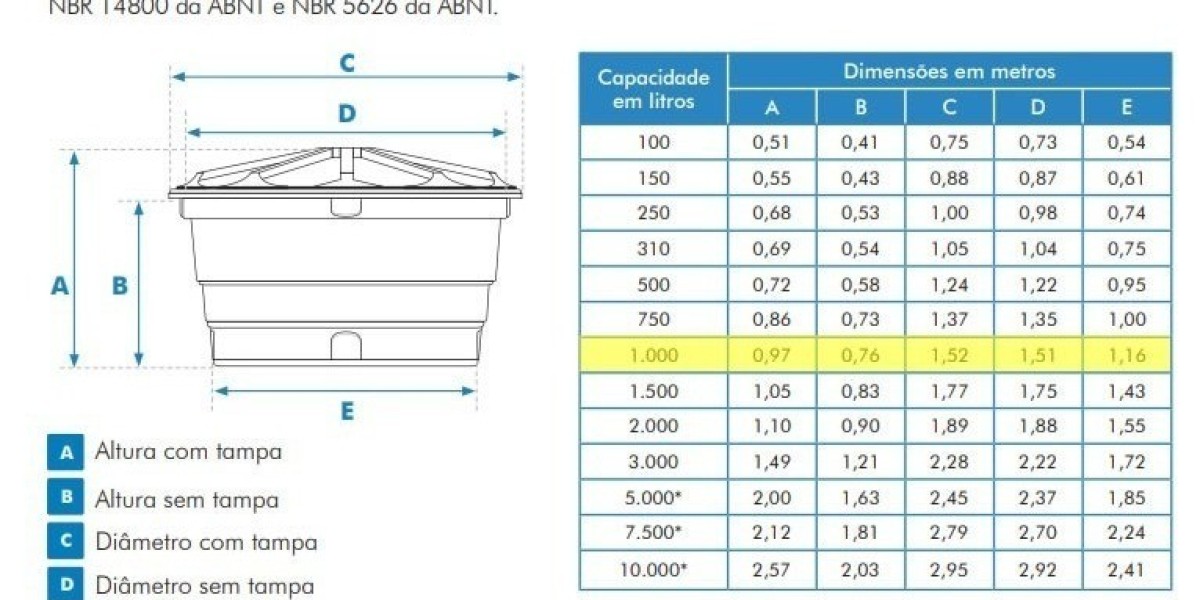Circadian rhythms are biological processes that follow a roughly 24-hour cycle, influencing various physiological functions, including sleep-wake cycles, hormone secretion, and body temperature. These rhythms are essential for maintaining overall health and well-being. Disruptions to circadian rhythms can lead to sleep disorders, particularly insomnia. This article explores the nature of circadian rhythms, their role in sleep regulation, and how disturbances can contribute to sleep disorders.
What Are Circadian Rhythms?
Circadian rhythms are internal biological clocks that regulate the timing of various bodily functions. The term "circadian" comes from Latin, meaning "around the day." These rhythms are influenced by external cues known as zeitgebers, with light being the most significant. The primary circadian clock is located in the suprachiasmatic nucleus (SCN) of the hypothalamus, which receives direct input from light-sensitive cells in the retina.
Biological Processes
Circadian rhythms govern several physiological processes, including:
- Sleep-wake cycles
- Hormonal fluctuations (e.g., cortisol and melatonin)
- Body temperature regulation
- Metabolism and appetite
Synchronization
The SCN helps synchronize the body's internal clock with external environmental cues, allowing individuals to adapt to changes in light and darkness throughout the day.
The Role of Circadian Rhythms in Sleep Regulation
Circadian rhythms play a crucial role in regulating sleep patterns. They help determine when individuals feel sleepy and when they feel alert. Key components include:
Sleep-Wake Cycle
The natural inclination to sleep at night and be awake during the day is primarily regulated by circadian rhythms. As night approaches, melatonin levels rise, promoting feelings of sleepiness.
Sleep Architecture
Circadian rhythms influence the structure of sleep cycles throughout the night, including variations in REM (rapid eye movement) and non-REM sleep stages.
Homeostatic Sleep Drive
In addition to circadian influences, a homeostatic process builds up a drive for sleep during wakefulness. This drive increases the longer one stays awake and decreases during insomnia.
Circadian Rhythm Sleep Disorders (CRSD)
Circadian rhythm sleep disorders (CRSD) occur when there is a misalignment between an individual’s internal clock and their external environment. This misalignment can lead to various sleep problems:
Delayed Sleep Phase Disorder (DSPD)
Individuals with DSPD have a natural tendency to fall asleep and wake up later than conventional times. They may struggle to adhere to societal norms regarding work or school schedules.
Advanced Sleep Phase Disorder (ASPD)
ASPD is characterized by early evening sleep onset and early morning awakenings. Individuals may feel excessively sleepy in the early evening but wake up very early, often feeling rested.
rregular Sleep-Wake Rhythm Disorder
This disorder involves fragmented sleep patterns without a clear sleep-wake cycle, often resulting in multiple short naps throughout a 24-hour period.
Non-24-Hour Sleep-Wake Disorder
: Common among blind individuals who cannot perceive light cues, this disorder leads to a free-running circadian rhythm that does not align with the typical 24-hour day.
Shift Work Disorder
Individuals who work non-traditional hours may experience misalignment between their internal clocks and their work schedules, leading to excessive daytime sleepiness and insomnia.
Causes of Circadian Rhythm Disorders
Circadian rhythm disorders can arise from various internal and external factors:
Internal Factors
- Genetic predispositions affecting circadian clock function.
- Age-related changes that alter circadian rhythm sensitivity.
- Neurological conditions that disrupt normal clock function.
External Factors
- Light exposure: Insufficient exposure to natural light during the day or excessive exposure at night can disrupt circadian rhythms.
- Shift work: Irregular work hours can lead to chronic misalignment between internal clocks and external cues.
- Travel across time zones: Jet lag occurs when rapid travel disrupts normal circadian cycles due to differing local times.
Impact of Circadian Rhythm Disorders on Health
Disruptions in circadian rhythms can have significant consequences for physical and mental health:
Sleep Quality
CRSDs often lead to poor sleep quality characterized by difficulty falling asleep, maintaining sleep, or achieving restorative sleep stages.
Mental Health
There is a strong correlation between disrupted circadian rhythms and mental health issues such as anxiety and depression. Poor sleep quality can exacerbate these conditions.
Cognitive Function
Insomnia resulting from CRSDs can impair cognitive functions such as attention, memory, and decision-making abilities.
Physical Health Risks
Long-term disruptions in circadian rhythms have been linked to an increased risk of chronic conditions such as obesity, diabetes, cardiovascular diseases, and metabolic syndrome.
Increased Mortality Risk
Some studies suggest that individuals with chronic circadian rhythm disorders may have a higher risk of mortality compared to those with regular sleep-wake patterns.
Strategies for Managing Circadian Rhythm Disorders
Comprehensive Assessment
- A thorough evaluation is essential when addressing CRSDs. Healthcare providers should assess for underlying medical conditions, review current medications for potential side effects, and consider psychological factors.
Light Therapy
- Bright light therapy involves exposure to artificial light during specific times of day to help realign circadian rhythms.
- Morning light exposure is particularly effective for individuals with DSPD or those experiencing jet lag.
Sleep Hygiene Practices
- Educating individuals about good sleep hygiene is crucial for improving overall sleep quality:
- Maintain a consistent sleep schedule by going to bed and waking up at the same time every day.
- Create a relaxing bedtime routine that signals your body it’s time to wind down.
- Limit screen time before bed; avoid blue light exposure from electronic devices.
Chronotherapy
- Gradually adjusting bedtime by small increments can help reset the internal clock for individuals with delayed or advanced sleep phase disorders.
Cognitive Behavioral Therapy for Insomnia (CBT-I
- CBT-I focuses on changing negative thought patterns related to sleep while promoting healthy behaviors that support better rest.
Medication Management
- In some cases, healthcare providers may prescribe medications such as melatonin or other sedatives to help regulate sleep patterns temporarily while implementing behavioral strategies.
Encouraging Physical Activity
- Regular physical activity has been shown to improve overall sleep quality. Encourage older adults or those with CRSDs to engage in moderate exercise during the day while avoiding vigorous workouts close to bedtime.
Addressing Comorbidities
- Treating underlying medical conditions that contribute to insomnia—such as pain management for arthritis or optimizing treatment for anxiety—can lead to significant improvements in sleep quality.
Conclusion
Circadian rhythms play a vital role in regulating our daily physiological processes, including sleep-wake cycles. Disruptions in these natural biological processes can lead to various circadian rhythm sleep disorders that significantly impact physical health and mental well-being.
By understanding how these rhythms function and recognizing the signs of CRSDs, individuals can take proactive steps toward improving their overall health through effective management strategies such as light therapy, good sleep hygiene practices, cognitive behavioral therapy for insomnia (CBT-I), medication management when necessary, regular physical activity, and addressing comorbidities.
As research continues to explore the complexities of circadian biology and its influence on health outcomes, prioritizing alignment between internal clocks and external environmental cues becomes increasingly important for promoting restorative sleep—ultimately leading to enhanced physical health, emotional resilience, cognitive function, and improved quality of life across all age groups.
Naijamatta is a social networking site,
download Naijamatta from Google play store or visit www.naijamatta.com to register. You can post, comment, do voice and video call, join and open group, go live etc. Join Naijamatta family, the Green app.
Click To Download


